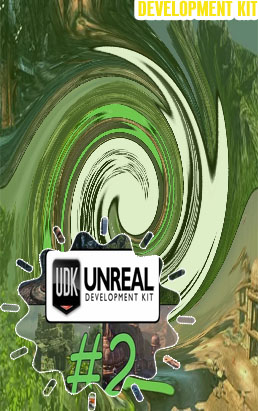
|
|
Casino online web design and development serviceIgaming products software company developmentOnline casino supplierUdk engineUnreal development kitEasiest game engineCreation engine 2Popular game custom android application developmentPoker rta softwareMobile game custom application development companiesVirtual casino ios development servicesBest game development software freeIgaming services website development companyPoker web developing companies
Java 3d engineWhen it comes to developing Java 3D applications, having a powerful and efficient engine is crucial. In order to help you find the best Java 3D engine for your project, we have curated a list of three articles that provide in-depth insights into different Java 3D engines available in the market. These articles will discuss the features, capabilities, and performance of each engine, helping you make an informed decision for your next 3D development project. Exploring the Top Java 3D Engines for Game Development
Java game development has seen a surge in popularity in recent years, thanks to the availability of powerful 3D engines that make creating immersive gaming experiences easier than ever. If you are looking to venture into the world of Java game development, it's important to explore the top Java 3D engines available in the market.
Comparing the Performance of Popular Java 3D Engines: A Comprehensive StudyIn the realm of Java 3D engines, performance is a key factor that can greatly impact the user experience of applications and games. A recent study conducted a comprehensive comparison of popular Java 3D engines to determine which one offers the best performance for various use cases. The study evaluated three main Java 3D engines: jMonkeyEngine, LibGDX, and LWJGL. Performance metrics such as rendering speed, memory usage, and frame rate were measured and analyzed across different scenarios. The results revealed that jMonkeyEngine outperformed the other engines in terms of rendering speed, making it a top choice for applications that require fast and smooth graphics. On the other hand, LibGDX excelled in memory usage efficiency, making it ideal for resource-intensive applications. Additionally, the study found that LWJGL achieved the highest frame rate among the three engines, indicating its suitability for high-performance gaming applications. Overall, each engine showcased unique strengths and weaknesses, allowing developers to choose the best option based on their specific requirements. This study is important for developers and researchers in the Java 3D engine space as it provides valuable insights into the performance capabilities of popular engines. By understanding the strengths and weaknesses of each engine, developers can make informed decisions when selecting a platform for their Choosing the Right Java 3D Engine for Your Project: A Developer's GuideToday we are talking with Java developer John about the importance of choosing the right Java 3D engine for your project. John, can you tell us why it is essential to select the appropriate Java 3D engine for a project? John: Absolutely, choosing the right Java 3D engine is crucial for the success of any project that involves 3D graphics. The Java 3D engine serves as the backbone of the project, providing the tools and capabilities needed to create stunning visual effects and immersive experiences for users. By selecting the right Java 3D engine, developers can ensure that their project runs smoothly, efficiently, and meets the desired performance standards. Interviewer: That makes sense. Can you share some tips on how developers can choose the right Java 3D engine for their project? John: Of course. Developers should consider factors such as performance, compatibility, ease of use, and community support when choosing a Java 3D engine. It is also essential to evaluate the specific requirements of the project and select an engine that best aligns with those needs. By conducting thorough research and testing different engines, developers can make an informed decision that will benefit the overall success of their project. |
Top 10 betting sitesPopularity of Online Casinos in AustraliaAviator betting appsBiotechnology software$15 no deposit bonus casino maxBc game crypto casino games
Virtual casino website development companiesCasino private software developmentGame software servicesGambling product design websiteGame software developers companiesCasino web development agenciesCasino it development companyGame development firmCasino development software companyPlaytech mobile casinoCasino ios development companySlot softwareSoftware for online casinoPoker softwareBest igaming softwareGame design software listIGaming best web development companyApp casino development companyIGaming development agencyGaming softwareGambling development agencyMobile game design softwareBest gambling web app development companyUnity game makerIgaming development servicesPoker private software developmentGames made on unreal engineIGaming blockchain software development companyUnreal engine app developmentBest slot providersLogitech steering wheel softwareFromsoftware next gameGambling company softwareCasino platform softwareIgaming payment solutionsIGaming software application development companyMobile game developmentCasino web developmentGame maker online
|
||||||||||||||||||||||
| ©1999-2006 OCD. All Rights reserved |